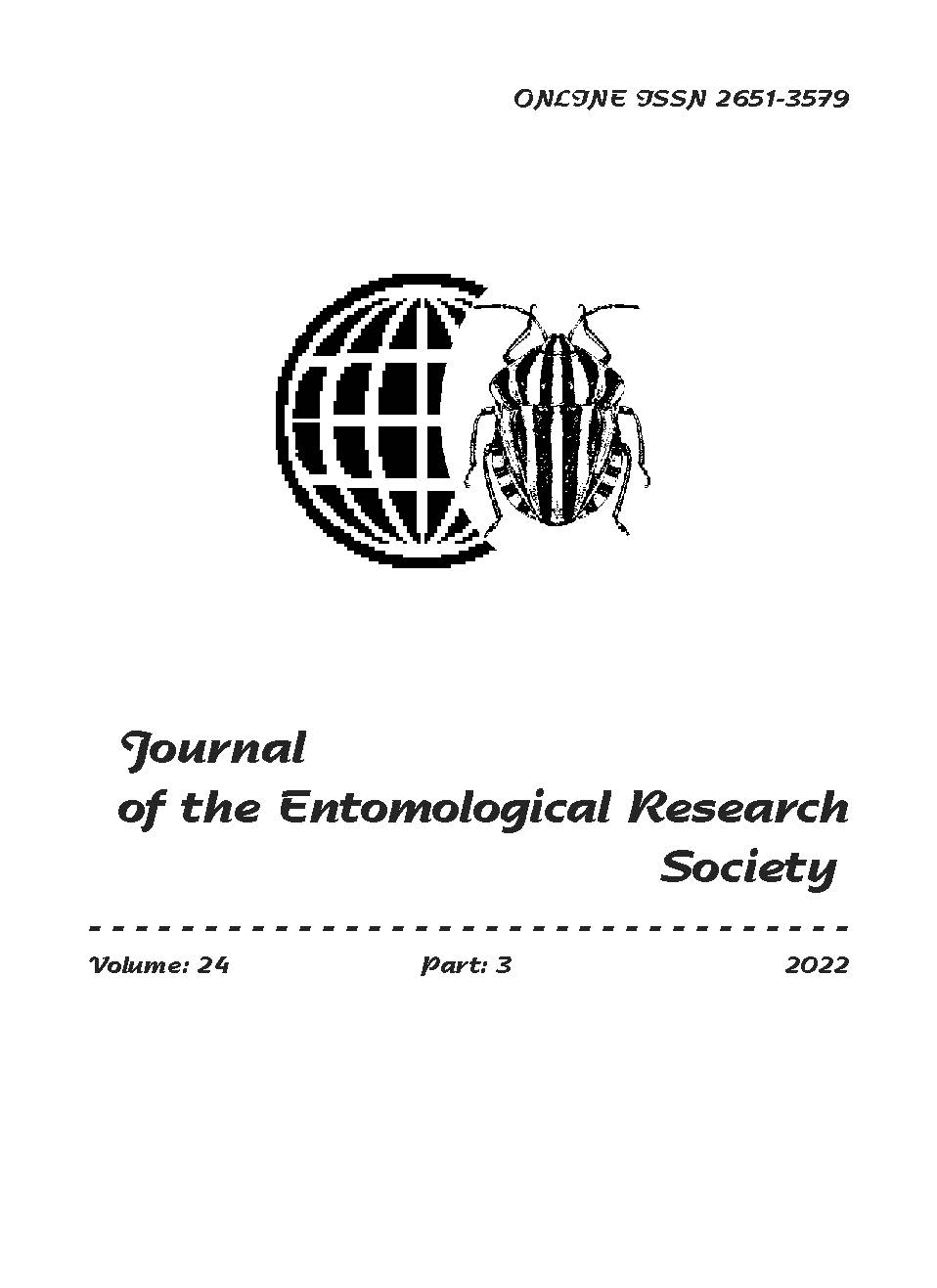Reduced toxicities of insecticides against brown planthopper (Nilaparvata lugens Stål) collected from rice fields in Bangladesh
DOI:
https://doi.org/10.51963/jers.v24i3.2265Abstract
The brown planthopper, Nilaparvata lugens (Stål), caused severe yield losses in rice production in many Asian countries. Chemical control is the key component of the integrated pest management tool to control rice brown planthopper (BPH). However, reduced toxicity of insecticides against this pest has been reported. We investigated the BPH mortality rate and the evolution of insecticide resistance in BPH collected from Bangladesh to commonly used insecticides by the rice-stem dipping method. Both the BPH laboratory strain and field populations were used in this study. The mortality rate of the Gazipur field population ranges from 15% to 80%, after exposure to imidacloprid in different concentrations. The highest mortality was found in response to dinotefuran followed by chlorpyrifos and etofenprox. The mortality rate increased after the time of exposure in relation to the increased concentrations of the insecticides. Additionally, the selected BPH strain shows a higher level of resistance to imidacloprid (resistance ratio = 179.45-fold), while other field populations show low to moderate levels of resistance. Increased detoxification enzyme activity, cytochrome P450 monooxygenase, was found in imidacloprid-resistant BPH. This study provides important information regarding the reduced toxicities of frequently used insecticides to control BPH.


